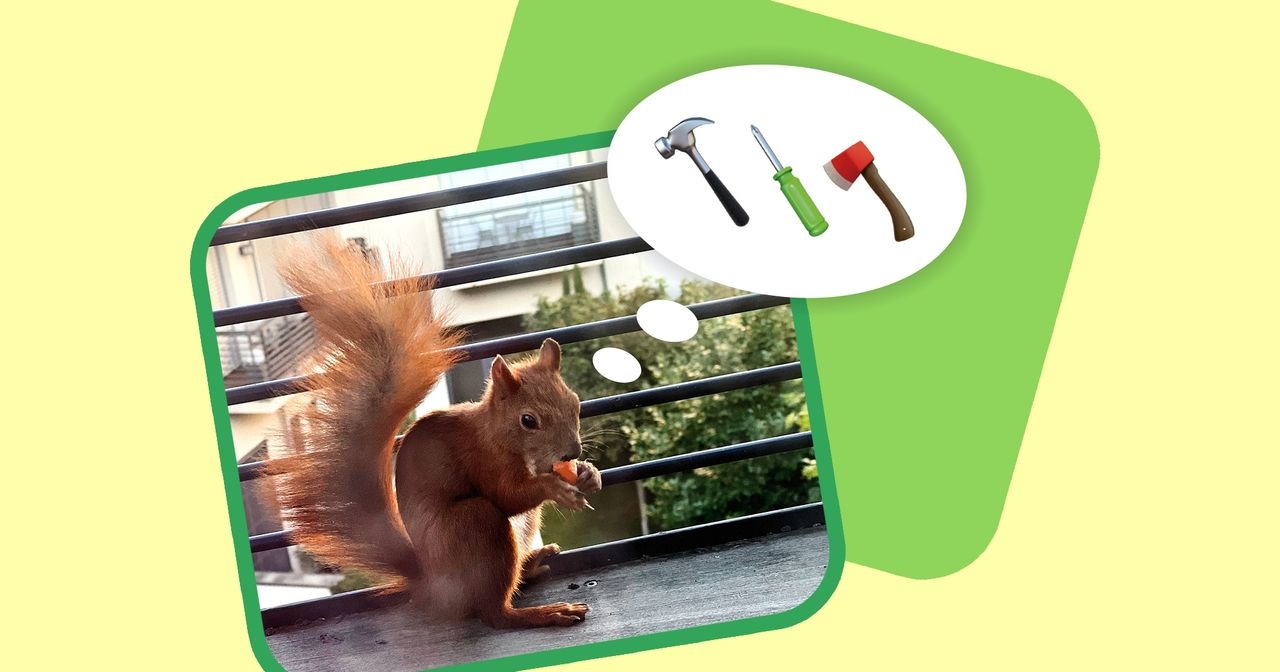Why we need more safer spaces for community sports

Community sports: How safer spaces are changing the understanding of movement
Community sports have become a moment of connection that strengthens not only physical health but also social well-being . Sport brings people together and, according to a WHO study (2023), has a positive impact on other areas of life as well. It's no wonder, then, that group workouts – in studios or outdoors – are currently experiencing a boom. A report by Les Mills (2023), a company primarily known for its group workouts, also underscores this trend. More and more people are seeking not only physical benefits but also social experiences through exercise. Flexible concepts like Urban Sports Club and ClassPass are particularly benefiting from the development of so-called community-centered fitness.
But wherever people come together, differences become apparent. Besides physical challenges, social and cultural barriers mean that not everyone feels equally welcome. So how can we foster a fitness culture where everyone feels seen and safe?
The Rise of Community Centered FitnessCommunity sports are not a new trend . They used to be called team sports: you were part of a team and met regularly for training or competitions. But alongside full-time jobs, family obligations, and social lives, it has become difficult for many to commit to the obligations that come with joining a club. Even the "15 minutes and 9 seconds" of exercise, which, according to the recent " Everyday Escape" study by Asics (led by Dr. Brendon Stubbs, King's College London), is sufficient to improve mental well-being, seems like an impossible time slot to plan for many. The magic word is flexibility: with an individual mix-and-match principle, providers like Urban Sports Club, ClassPass, or Wellhub offer the desired balance as well as a wide range of activities – coupled with a sense of community. Here, exercise becomes an experience with friends, an opportunity to connect with strangers, or a place for new encounters.
Community sport: Movement between encounter and barriersBut wherever connections are formed, what's missing also becomes apparent. Many communities consist of a strikingly homogeneous group that conforms to a socially ingrained idea of "fit"—usually young, white, slim, and able-bodied. Other perspectives are barely visible. This means that a space where, for example, only men or able-bodied people are present, doesn't feel welcoming to FLINTA*, people of color, queer people, women wearing hijabs, or people with disabilities . This applies to both studios and outdoor facilities. Financial barriers also play a role—not everyone can afford fitness programs. A shared interest in sports is therefore not always enough to create a genuine sense of community. The space in which the exercise takes place—the social structure—also determines well-being.
vogue





